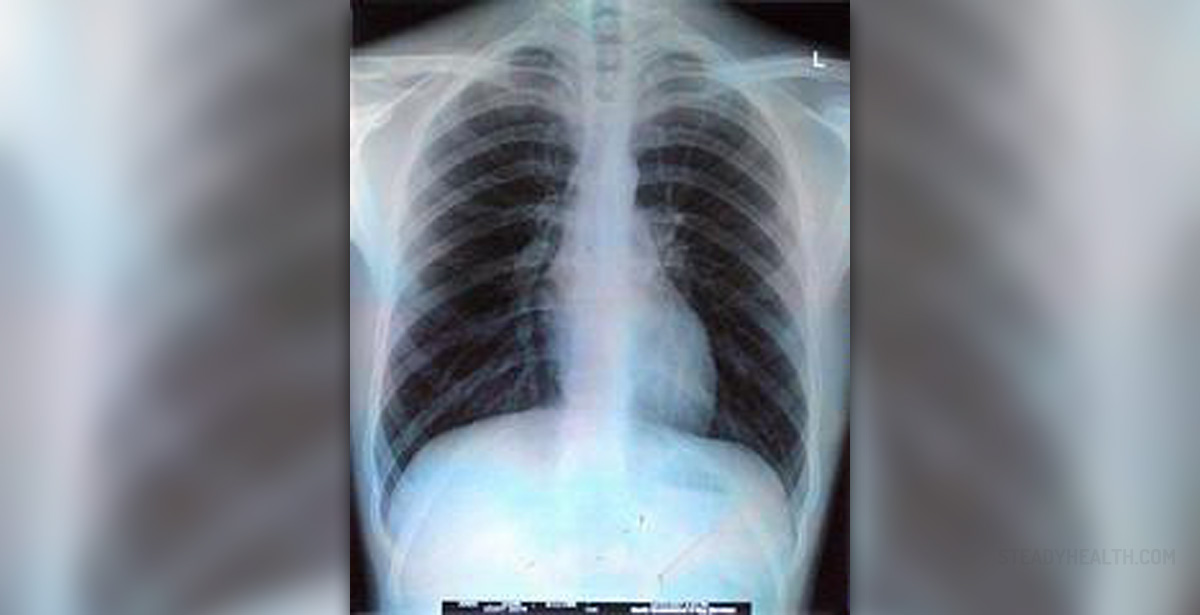
During one's medical treatment, aperson may be directed towards chest physiotherapy. This form oftreatment is a actually an umbrella term, encompassing severaldifferent forms of therapy, improving the health of the patientthrough specially designed and developed techniques.
Therefore, if you or anyone you know issupposed to have chest physiotherapy, the following lines will explain this procedure in detail.
What is Chest Physiotherapy?
Chest physiotherapy, in fact, is a termwhich is not an universal one, describing a treatment process carriedout by physiotherapists and respiratory therapists who remove themucus from the respiratory passages of the patient by using specifictechniques such as clapping and percussion, promoting healthybreathing and recovery from any related health problems.
In case of clapping, the therapist tapsthe patient's chest and back, as well as the underarm area. On theother hand, percussion is not a technique used in many countries, dueto the fact that new and modern, more effective alternatives havebeen found. These involve the use of an oscillating positive pressuredevices, PEP masks and certain exercises in order to overcomerespiratory problems.
Some of the exercises used for thispurpose are autogenic drainage and cardiovascular exercises,increasing the levels of oxygen in the body while removing theunwanted substances from the lungs.
Due to its effectiveness, chestphysiotherapy is used with patients of all ages, from babies to theelderly. During the process, the patients may be moved to their side,undergo postural drainage therapy, be forced to cough, or performdeep breathing exercises, possibly combined with some other forms ofphysical activity such as mobilization, suctioning etc.
Turning usually takes place once thepatient is incapable of turning his/her body position due to thepresence of certain diseases or atelectasis. Also, this process iscarried out if the patient possesses an artificial airway.
Postural drainage is performed once theamount of patient's sputum production exceeds 30ml on a daily basisor when a foreign body is present in the airway, as well as when thepatient is suffering from condition such as cystic fibrosis, lungdisease or bronchiactasis.
In some cases, certain methods used inchest physiotherapy may prove to be dangerous for the health of thepatient. Therefore, the therapists should be careful and react to anysymptoms of hypoxemia, increased intracranial pressure, acutehypotension, lung bleeding, muscle, rib or spine injuries, vomiting or bronchial spasms.
If any of these side effects occur, thetreatment stops immediately and the patient is given 100% oxygen, setin a resting position and monitored regularly by the health expertsin charge.
How Can You Benefit from ChestPhysiotherapy?
According to various studies, chestphysiotherapy has been shown to be effective in patients who sufferfrom both acute and chronic respiratory problems. As Bateman et alhave confirmed, chest physiotherapy removes any radioaerosolparticles from the lungs and the peripheral area.
However, not all people agree with thispositive image related to this medical procedure. Rather, certain studies claim that chest physiotherapy is useless or even harmful incases where patients do not produce the amount of sputum statedabove. Those who doubt the positive effects of this treatment claimthat postural drainage, percussion and vibration are not capable ofexpelling the mucus from the lungs.
On the other hand, coughing andexercises have been proven effective, clearing a significant amountof the sputum, showing much better results than the absence oftreatment. Experts claim that the strong air flow related to coughingmakes it possible for the mucus to get expelled more easily,especially when this procedure is combined with postural drainage.
Nevertheless, if increased volume ofsputum secretions appears and the breath sounds become more normal,the physiotherapy is considered to be successful. Some other signs ofpositive effects are improved general vital signs, improved state ofthe chest area visible through an X-ray, increased levels of bloodoxygen measured through arterial blood gas values and the positiveexperiences of the patient him/herself, showing signs of improvementand noticing them individually.
People who disagree with the positivesides of chest physiotherapy usually relate these effects to walkingexercises or some other forms of treatment which take place alongwith the physiotherapy. However, numerous trials which were carriedout bear witness of the usability and potential of physiotherapy,together with all of the benefits of this process.
In general, chest physiotherapy is agroup of treatments which are designed to promote mucus extractionfrom the patient's respiratory system. This process is carried out bya qualified medical practitioner and it may consist of severaldifferent techniques such as vibration, percussion, posturaldrainage, deep breathing and turning. While people who practice thisform of therapy claim that it is quite useful, allowing the patientsto reap many of its benefits, others beg to differ, saying that theonly some techniques involved in the process are actually helpful.
Regardless, if you suffer fromrespiratory problems, bear in mind that chest physiotherapy may becapable of helping you overcome this.



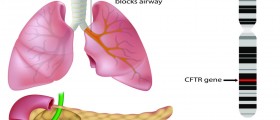
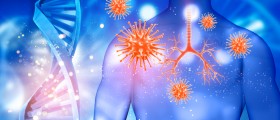


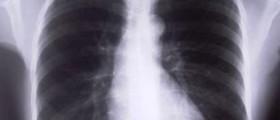

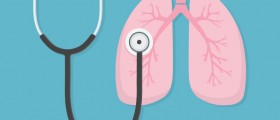



-And-Breathing-Problems_f_280x120.jpg)



Your thoughts on this
Loading...